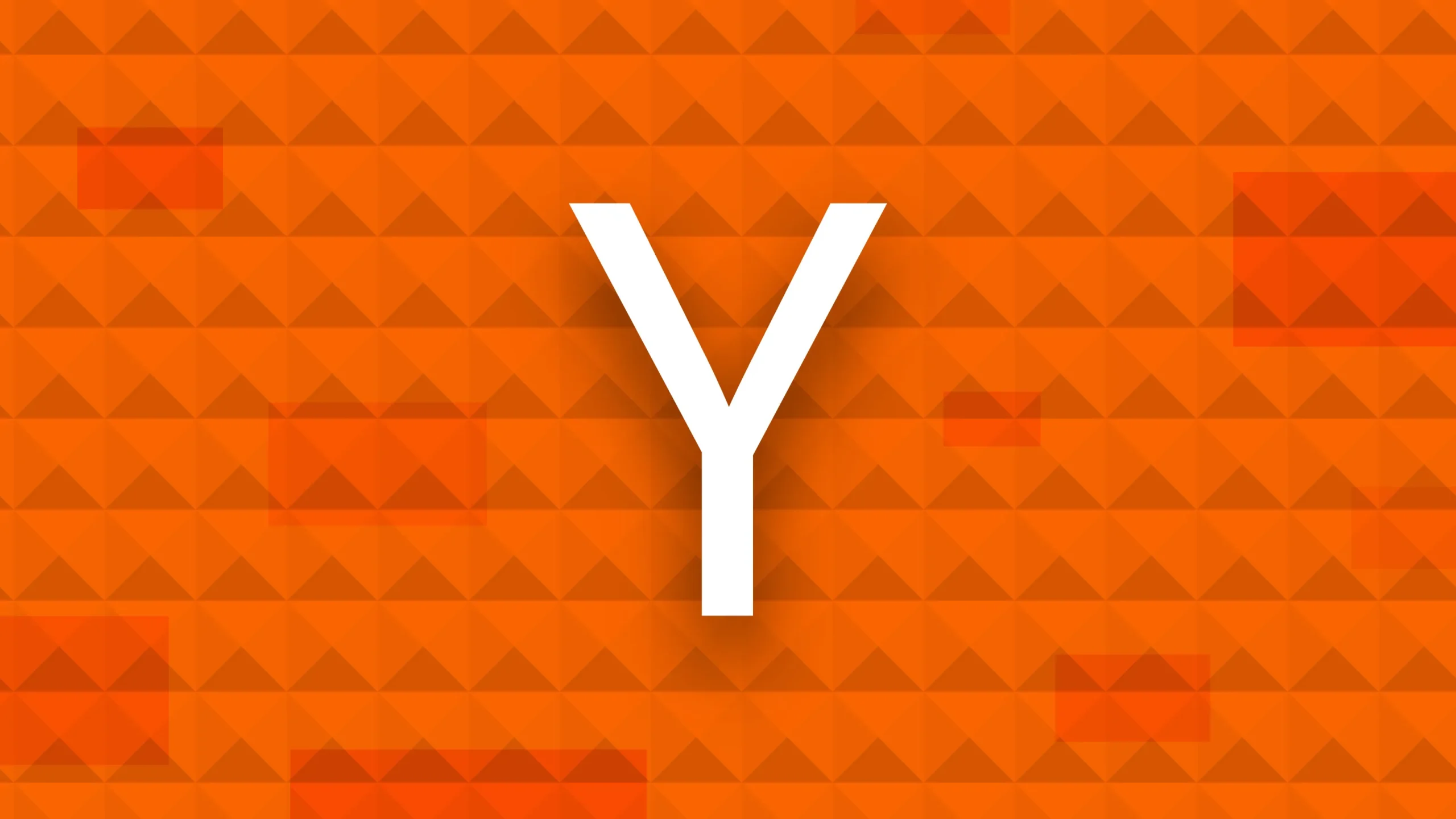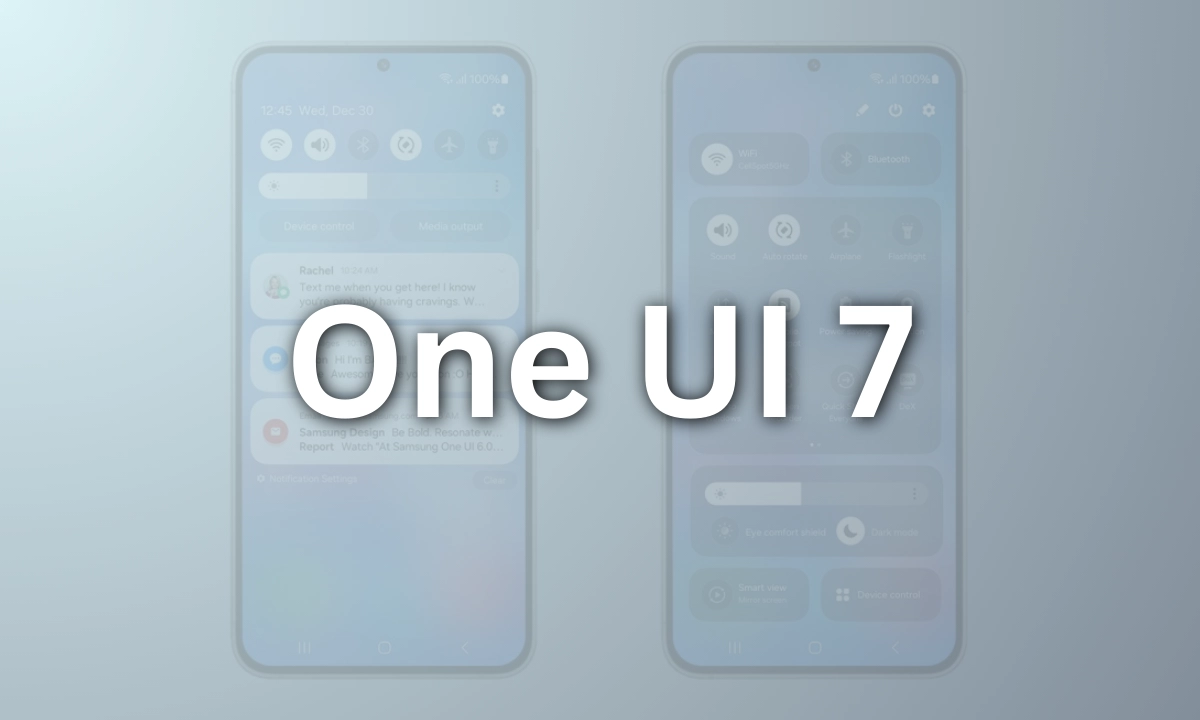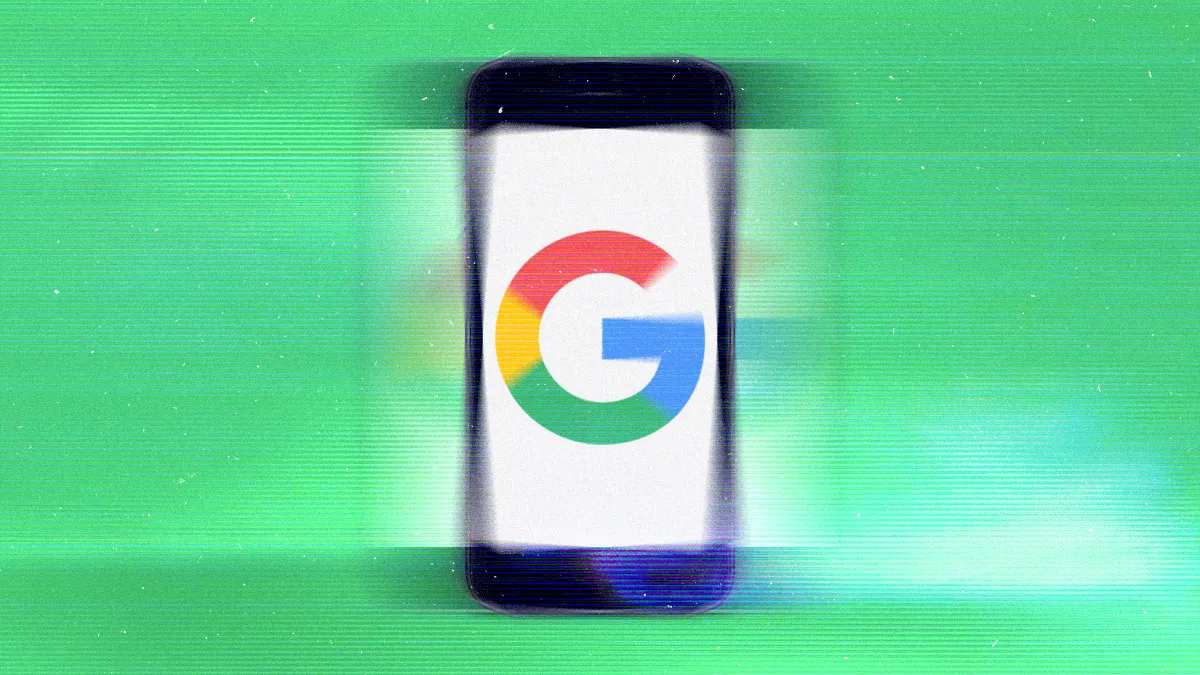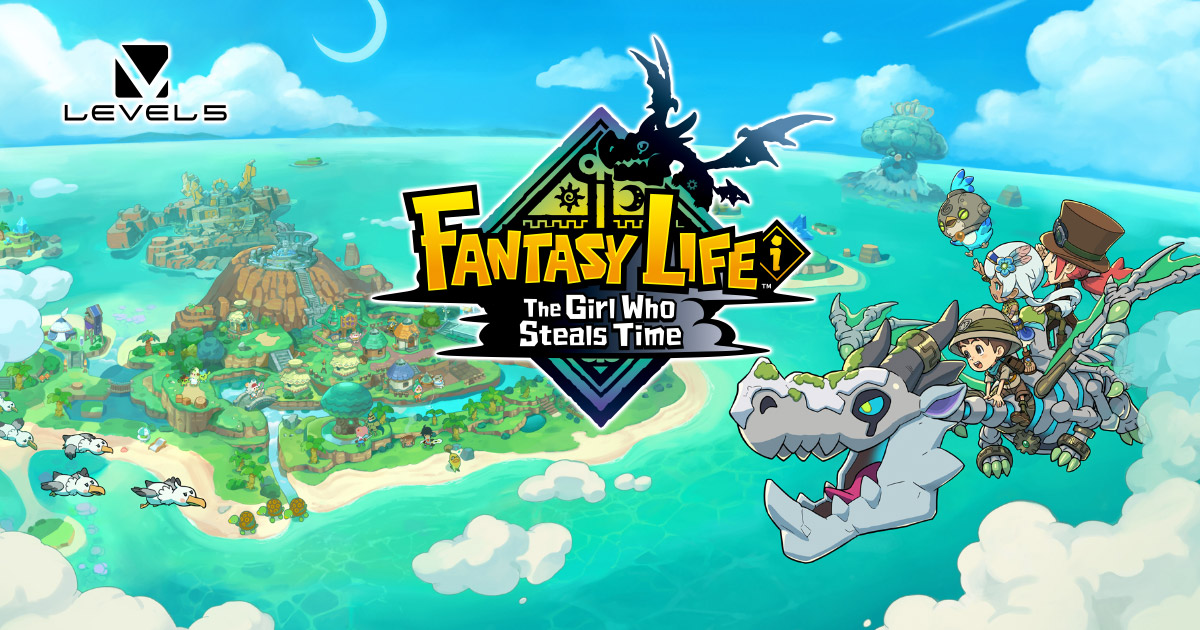In a groundbreaking development, ChatGPT, the renowned chatbot by OpenAI, has expanded its capabilities beyond mere text. The latest version can now “see” images and “talk” to users, marking a significant leap in the realm of artificial intelligence.
Key Highlights:
- ChatGPT introduces image-recognition and voice features.
- The new interface allows for voice conversations and visual interactions.
- OpenAI aims to offer a more intuitive user experience.
- The voice capability is powered by a state-of-the-art text-to-speech model.
- ChatGPT’s update brings it closer to popular digital assistants like Siri and Alexa.
The world of AI chatbots has been predominantly text-based, but with the recent advancements, ChatGPT is breaking the mold. The image-recognition feature, as highlighted by various sources, has a plethora of potential applications. From assisting visually impaired users to offering detailed insights based on visual data, the possibilities are vast.
Furthermore, the voice feature is not just a mere addition; it’s transformative. According to OpenAI’s official announcement, the voice capability is “powered by a new text-to-speech model, capable of generating human-like audio from just text and a few seconds of sample speech.” This means users can now have fluid, natural-sounding conversations with ChatGPT, much like they would with Apple’s Siri or Amazon’s Alexa.
A New Era of Interaction
The integration of voice and image capabilities signifies a shift towards a more holistic interaction model. Users can now show ChatGPT images, enhancing the context of conversations. Imagine troubleshooting a gadget issue and being able to show the chatbot what you’re referring to, or discussing art and sharing visuals for a richer conversation.
ChatGPT’s evolution has been nothing short of remarkable. Originating as a text-based conversational model, it was primarily designed to understand and generate human-like text based on the vast amount of data it was trained on. Over time, as technology and research progressed, ChatGPT expanded its capabilities beyond mere text. The integration of sight allowed it to process and understand visual data, enabling it to recognize images, analyze patterns, and even generate visual content.
In Conclusion:
The latest updates to ChatGPT are not just incremental improvements; they represent a paradigm shift in how we perceive and interact with AI chatbots. By enabling the chatbot to “see” and “talk,” OpenAI has ushered in a new era of AI-driven communication. As technology continues to evolve, it’s exciting to envision what the future holds for ChatGPT and the broader AI community.








